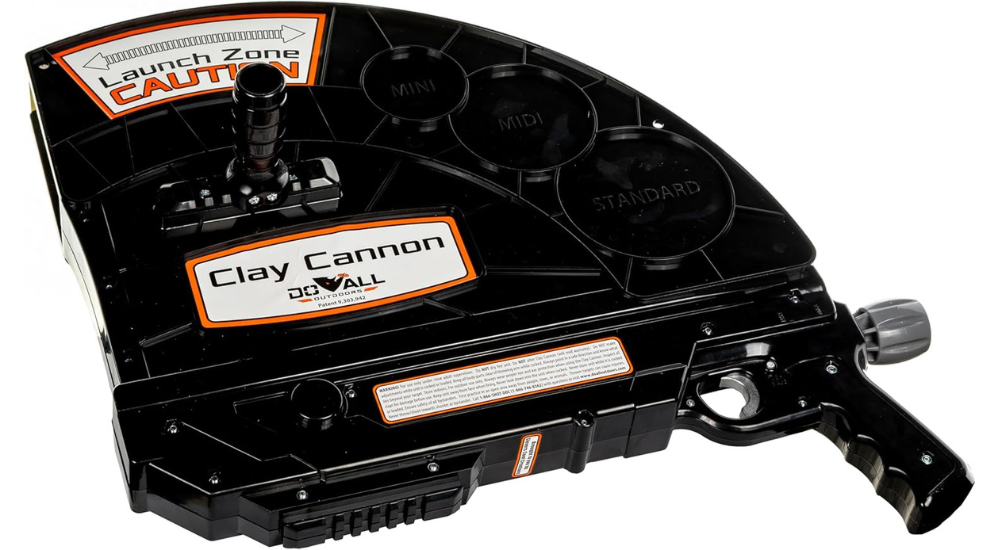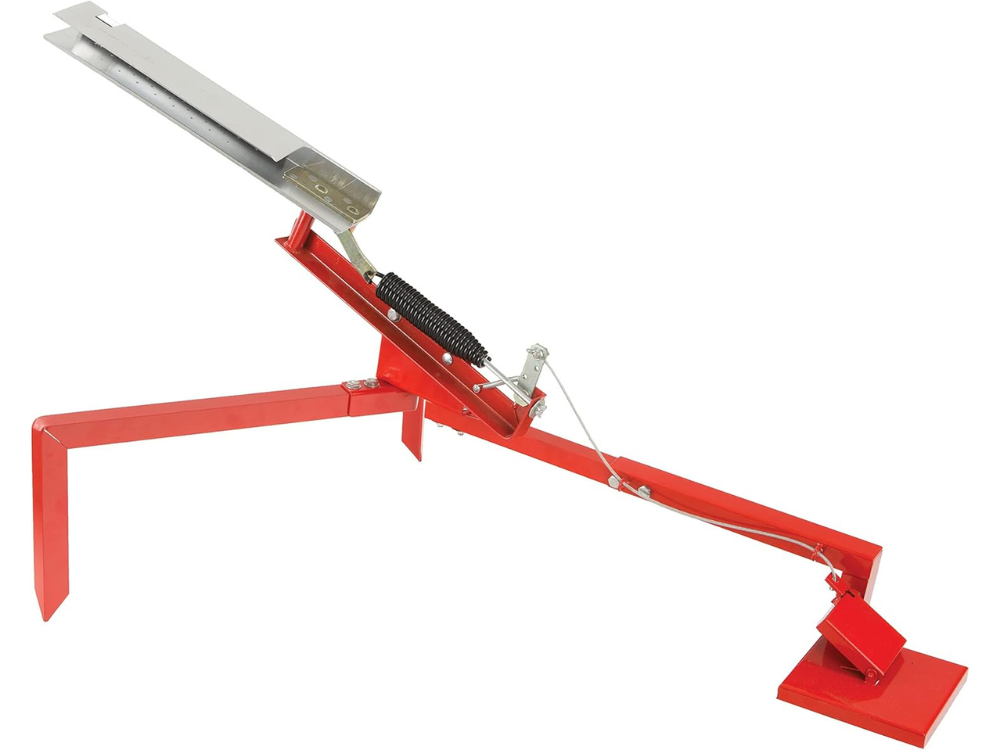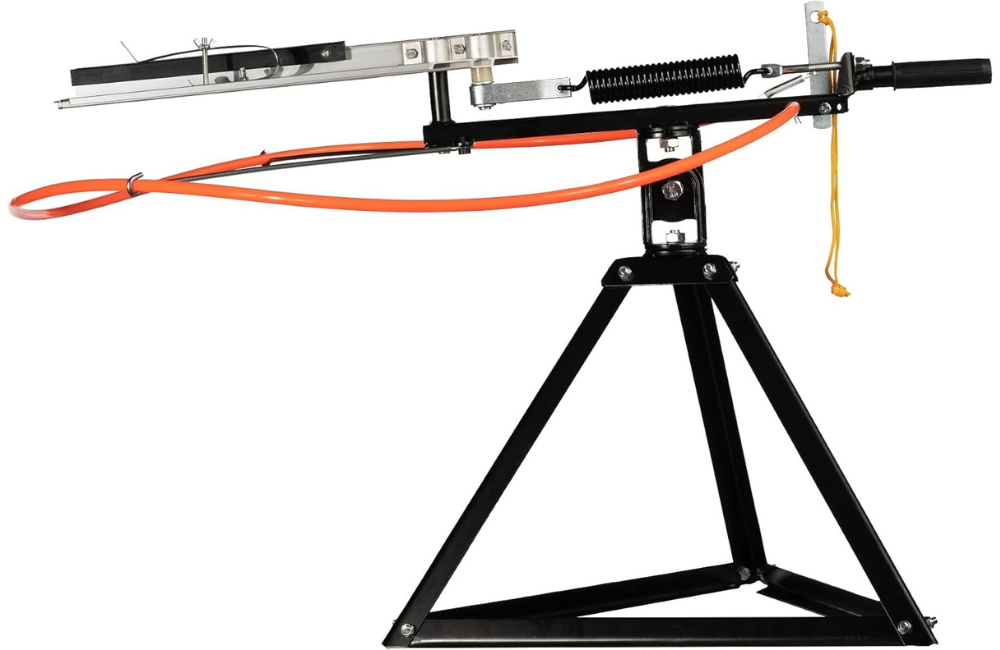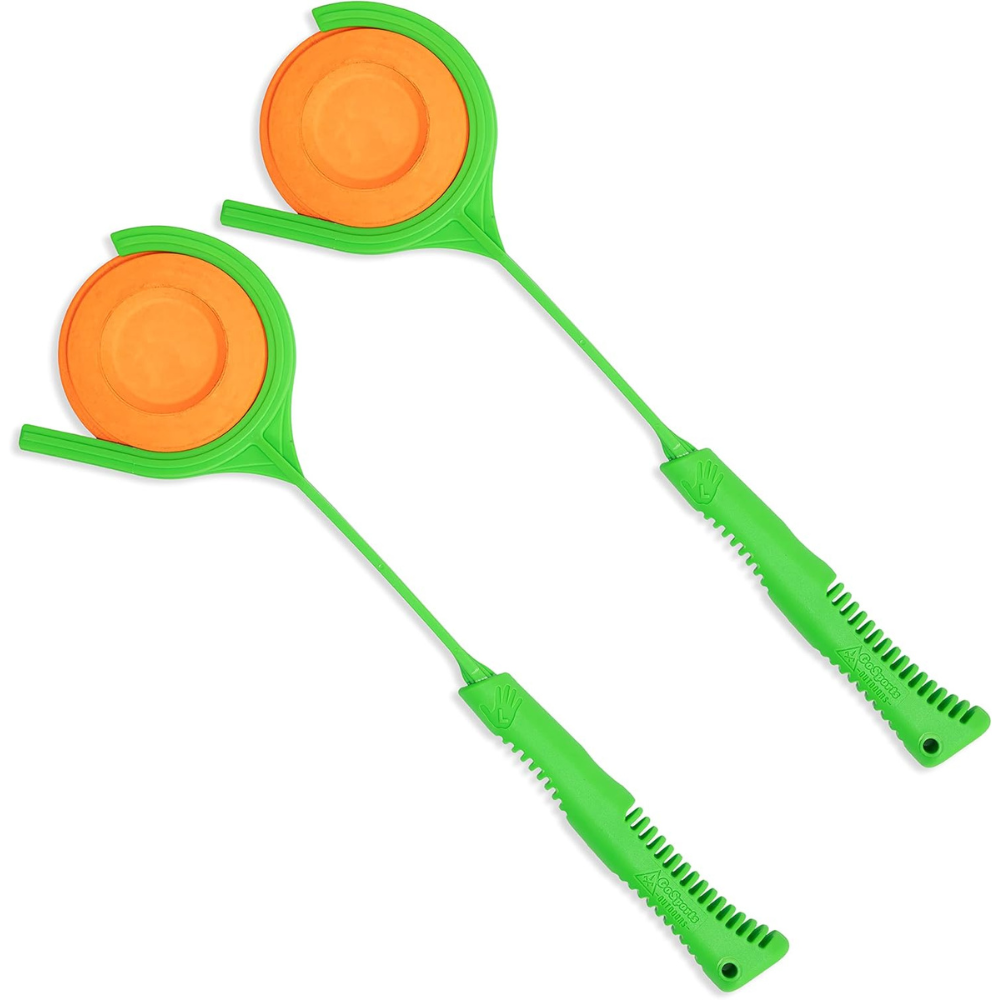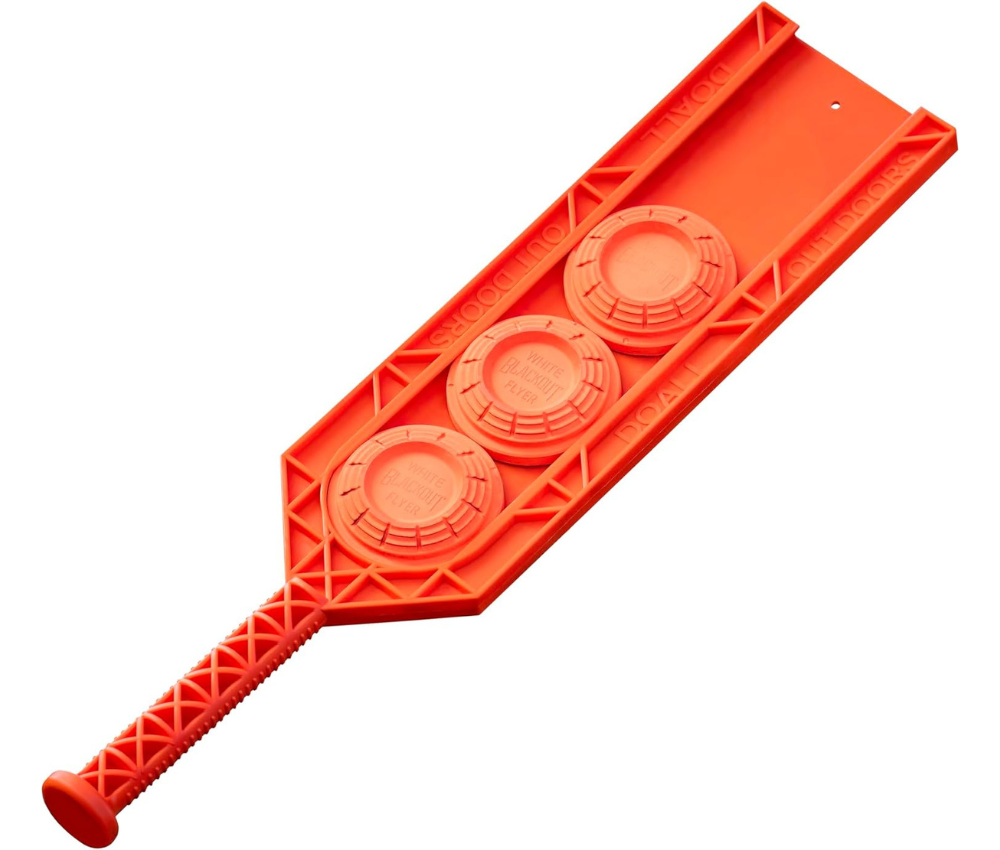If you’re passionate about shooting sports or just curious about exploring a new outdoor activity, skeet shooting is an exciting and challenging option. At the heart of this sport lies the humble but essential skeet thrower. Whether you’re a seasoned marksman or a curious beginner, understanding skeet throwers is the first step to mastering this exhilarating pastime.
This guide will walk you through everything you need to know about skeet throwers, including what they are, how they work, the different types available, and tips to choose the right one for your needs.
What Is a Skeet Thrower, and What Is Its Purpose?
A skeet thrower, also known as a clay pigeon thrower or trap thrower, is a device designed to launch clay targets (often called pigeons) into the air. These clay targets simulate the flight path of birds, providing shooters with practice in hitting moving targets. Skeet throwers are used in skeet shooting, a popular recreational activity and competitive sport that blends skill, focus, and quick reflexes.
The purpose of a skeet thrower is simple: it offers an efficient, reliable way to launch targets at varying angles and speeds, giving shooters a consistent experience to improve their accuracy and shooting skills.
How Does a Skeet Thrower Work?
Skeet throwers operate with mechanisms that use spring or mechanical tension to fling clay targets into the air. The thrower holds the clay target in place before quickly releasing it at high speed, creating targets that mimic the trajectory of birds in flight. Some models launch targets in the same direction repeatedly, while others allow you to adjust angles to create more realistic and challenging practice sessions.
Powered throwers (such as automatic or electric models) use motors for consistent performance, while manual throwers rely on the user’s effort to launch the targets. Regardless of the style, most skeet throwers are built to be durable, given the force required to accommodate repeated use.
Different Types of Skeet Throwers
Skeet throwers come in a variety of designs to suit different needs and skill levels. Here’s an overview of the most common types:
1. Manual Skeet Throwers
Manual skeet throwers are the most affordable and simplest option. These throwers are lightweight, easily portable, and require the user to physically operate them. A hand-held thrower is a popular example, allowing you to launch targets with an overhand motion, much like throwing a frisbee.
These are great for beginners or casual shooters looking for an inexpensive solution. However, they require more effort and may not offer consistent target flights.
2. Foot-Pedal Skeet Throwers
Foot-pedal throwers add a level of convenience compared to manual options. With these, you load the clay target, step on the pedal, and the thrower launches the target. They’re especially useful for solo practice sessions as they eliminate the need for a second person to operate the thrower.
3. Automatic Skeet Throwers
Automatic models are powered by electricity or batteries and are ideal for experienced shooters or those who take skeet shooting more seriously. With the push of a button, these throwers launch targets with precision. You can usually adjust speed, direction, and angle, making them suitable for a wide variety of shooting scenarios.
The main advantage of automatic skeet throwers is their efficiency and ability to provide a challenging, versatile shooting experience. However, they tend to be more expensive and less portable than manual or foot-pedal models.
Some throwers remain fixed in place and launch clay targets in a single direction, while more advanced models offer a 360-degree range. The latter is great for simulating more realistic and unpredictable bird flight patterns.
Benefits of Using a Skeet Thrower
Using a skeet thrower comes with plenty of benefits, no matter your skill level:
- Improves Accuracy: Practicing with a skeet thrower helps you develop precision and reaction time, which are critical for competitive shooting and hunting.
- Variety of Training: Adjustable throwers allow you to practice different shooting angles, flight paths, and speeds.
- Convenience: A skeet thrower lets you practice on demand, whether you’re at a shooting range or in a safe outdoor area.
- Skill Progression: Beginners can start with slower speeds and consistent angles, gradually advancing to more complex and unpredictable settings.
Choosing the Right Skeet Thrower
With so many options available, it’s important to choose a skeet thrower that matches your skill level, budget, and needs. Here are some tips to guide your decision:
For Beginners:
- Start with manual or foot-pedal throwers. They’re budget-friendly, easy to use, and a great way to learn the basics of skeet shooting.
- Look for a model with adjustable angles so you can vary your training sessions as your skills improve.
- Choose portability if you’re likely to practice in different locations.
For Experienced Shooters:
- Invest in a high-quality automatic skeet thrower that offers advanced features like adjustable speeds, elevation, and 360-degree target-launching options.
- Ensure the thrower is rugged and durable enough to handle frequent use.
- Consider models with remote controls or programmable settings to create personalized shooting scenarios.
Safety Considerations
Safety is a top priority when using a skeet thrower. Keep these safety tips in mind:
- Always use skeet throwers in designated shooting areas or clear outdoor spaces away from people, animals, and obstacles.
- Wear eye and ear protection to safeguard yourself from loud noises and potential debris from broken targets.
- Inspect the thrower regularly for any damage or loose parts.
- Follow the manufacturer’s instructions and recommended operating procedures.
Do All Outdoors Clay Cannon Handheld Ambidextrous Clay Pigeon Thrower
- Portable and Lightweight
- No Batteries Required
- Throws Standards, Midi’s, and Mini's.
- Ambidextrous Handle for Right & Left-Handed Shooters
- Affordable Fun
Allen Company Clay Thrower - Claymaster Sporting Clay Target Thrower
- Allen Company Xcelerator Claymaster Sporting Clay Target Thrower - Foot Operated - Red, One Size
- CLAY PIGEON MACHINE: This thrower launches one or two clay pigeons simultaneously, providing an authentic shooting experience. It is ideal for honing your shooting skills or for competitive skeet shooting.
- VERSATILE: Whether you are shooting clay, trap, or skeet, this thrower assembles in under five minutes and features a wide, stable platform for consistent throws.
- PORTABLE AND EASY TO USE: Our clay thrower is lightweight and portable, making it easy to transport to different shooting locations or competitions. The adjustable throwing arm spring can change the throwing distance and speed.
- DURABLE CONSTRUCTION: The launcher has a solid steel frame painted in high-visibility orange. Its padded arm helps prevent any breakages when loading your thrower.
Do All Outdoors Clay Hawk Clay Pigeon Thrower
- Full Cock Manual Trap
- Affordable
- Throws Singles or Stacked Doubles
- 3-Pivot Mounting System
- Ground Spikes Included
GoSports Outdoors Clay Catapult Handheld Clay Pigeon Thrower
- 2 PACK: Allows users to throw 2 standard 4.5 in (108 mm) clay targets in succession with ease to improve your shooting accuracy (clays not included)
- FITS STANDARD CLAYS: Holds and launches any standard-size clay pigeon targets; simply load clays and let them fly
- RIGHT AND LEFT HANDED DESIGN: Low-impact ergonomic design for right and left-handed throwers
- UPGRADE TARGET PRACTICE: A must-have for enthusiasts, adds convenience and excitement to standard clay shooting drills
- EASY TO USE: Maximize height and distance with a side-arm type throw with a wrist-snap motion at the end
Do All Outdoors Triple Clay Handheld Clay Pigeon Thrower
- As Easy to Swing as a Baseball Bat
- Throws One, Two, or Three Clays at a Time
- Ambidextrous, Can Be Swung Left or Right-Handed
- Comfortable Grip
- Lightweight & Portable Design
Skeet Thrower FAQs
Do I need a clay pigeon thrower to shoot skeet?
Yes, a clay pigeon thrower is necessary to shoot skeet. Without a thrower, it would be difficult to launch the clay targets in the air for shooters to aim and shoot at.
Can I use any clay pigeon with a thrower?
Most clay pigeon throwers are designed to work with standard size 108mm clays. However, some models may also be compatible with smaller or larger clays.
How far can a skeet thrower launch the clays?
The distance that a skeet thrower can launch the clays varies depending on the model and settings. Some models have adjustable throwing ranges of up to 75 yards, while others may have shorter or longer ranges. It is important to read the specifications of your skeet thrower to determine its maximum throwing distance.
Are there different types of clay pigeon shooting?
Yes, there are several different types of clay pigeon shooting, including trap shooting, skeet shooting, and sporting clays. Each type has its own set of rules and targets, providing a unique experience for shooters. Many shooters enjoy participating in various types of clay pigeon shooting to challenge themselves and improve their skills.
Final Thoughts
Skeet throwers are an invaluable tool for anyone interested in skeet shooting, whether you’re a hobbyist or a professional marksman. By understanding how they work, the different types available, and how to choose the right model, you can enhance your shooting skills and fully enjoy the sport. With the right equipment and proper safety precautions, skeet shooting can be a rewarding and fun activity. What are you waiting for? Order today!



